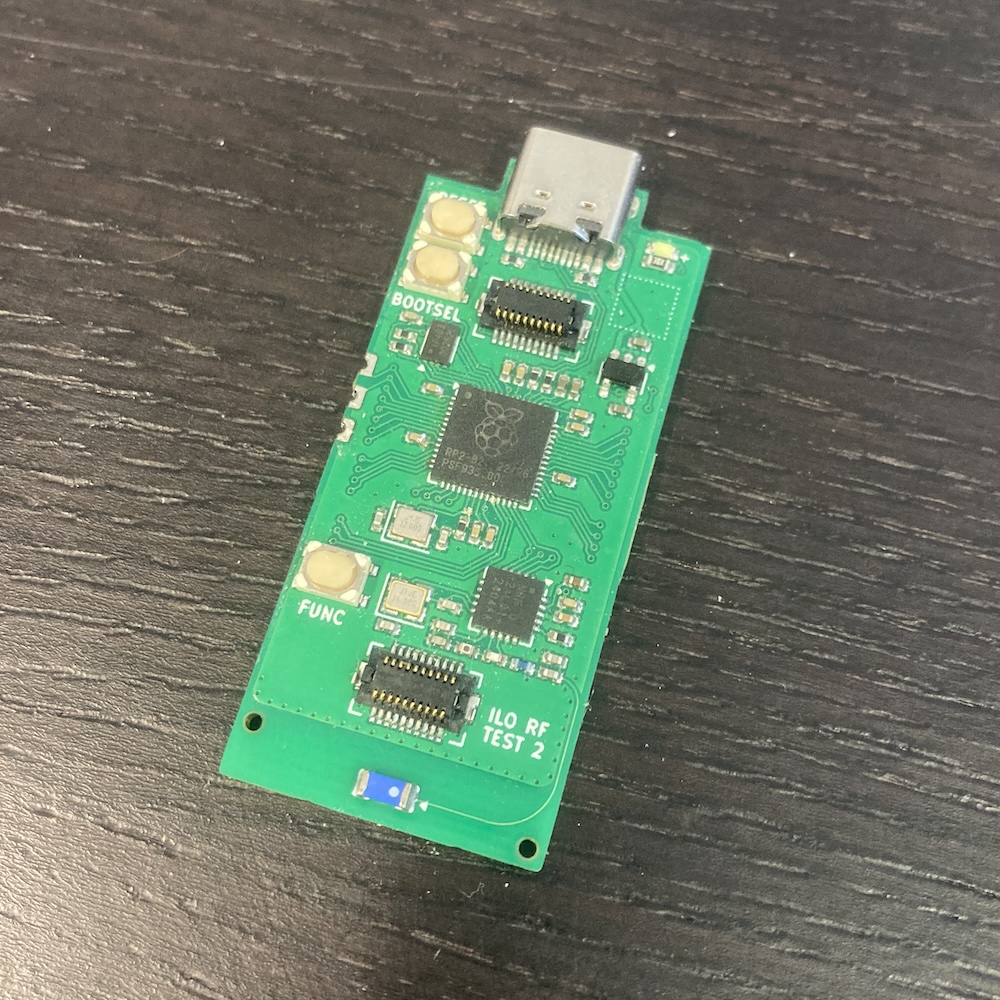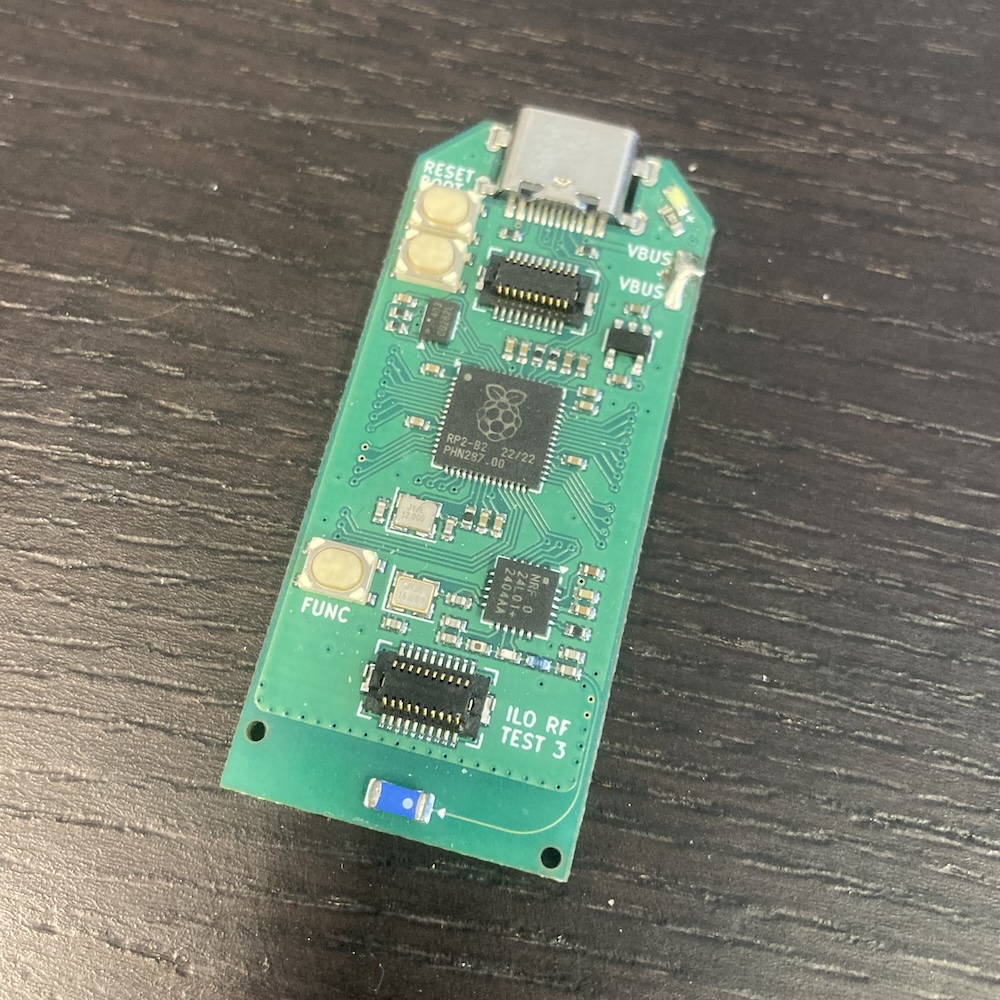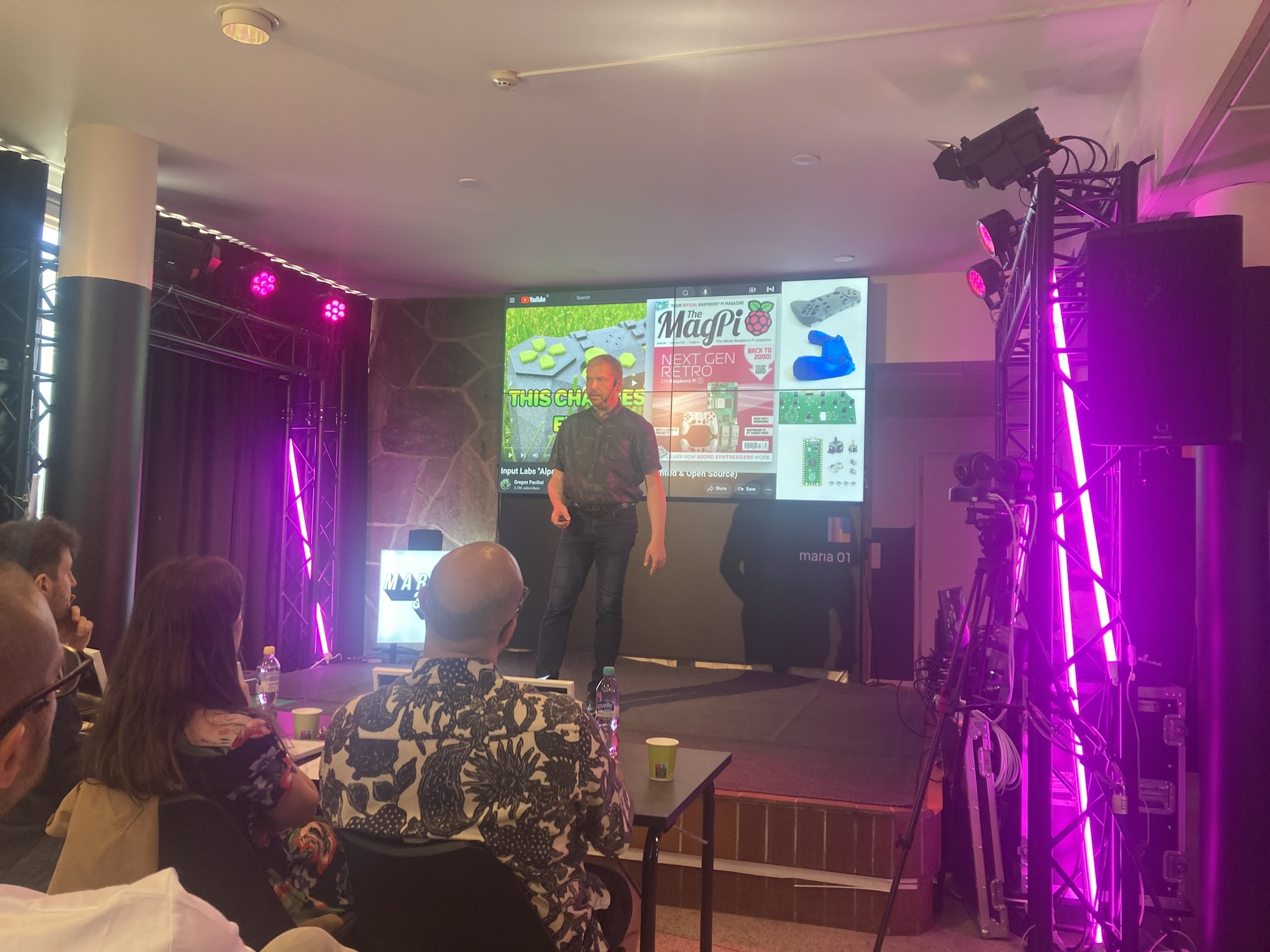News and research
Blog
News
Research
Other
Progress report #23
14 June 2024 <- Previous Next ->
Firmware and Ctrl app 0.96.0
We released f0.96.0 firmware, and Ctrl app a0.96.0. The main new features are:
- Unlocked 4 custom slot profiles. (Holding Home + DPad double-press).
- Button double-press mode (able to have a bind for single-click, and another bind for double-click).
- Profile copy/reset.
- Profile import/export from/to .ctrl file. (Not compatible with 0.95.0)
- Thumbstick anti-deadzone.
- Being able to reset controller config and profiles independently.
Wireless custom RF prototypes
As mentioned in previous reports, we started exploring alternatives other than the Pico W, and since no other off-the-shelf board meets our requirements we are experimenting with custom boards and custom RF solutions.

RF test 1

RF test 2

Connectors test

RF test 3
RF test 1 board
- A breakout board with a standalone Nordic NRF24 and a 2.4GHz chip antenna.
- An external microcontroller (or a Pico) uses the wireless solution via SPI.
- End-to-end latency: ~1 millisecond. (Have in mind this is lab-conditions testing, final results could vary IRL scenarios).
- Jitter: So small we cannot even measure it (possibly microseconds on average).
- Connection range: Excellent, able to transmit even from the next room.
RF test 2 board
- A full board with Raspberry RP2040 microcontroller, Nordic NRF24 and a 2.4GHz chip antenna.
- USB-C connector.
- Board-to-board snap-in connectors so it can be attached to a main board without soldering.
- Castellated pins for UART.
- Unfortunately USB was unusable due to a problem with the capacitors.
- USB-C receptacle was also 0.2 millimeters taller than expected.
Connector breakout test
- A simple connector-to-headers breakout board that allowed us to test the connectors.
- Connectors have a very positive snap-in click confirmation.
- Connectors have very solid communication even when only partially plugged.
- Physical connection is very robust, but can move a bit if the USB-C cable is twisted. Would require additional 3D-printed support if attached to a full controller.
RF test 3 board
- USB-C works as expected.
- USB-C receptacle is sunk into the board for extra clearance.
- RP2040, flash memory, crystal clocks, linear regulator, and all other boring components works as expected.
- Power bridge allows us to test battery charging with external components.
- Unfortunately there was a regression in wireless connection quality, the range was greatly reduced, and the antennas became very susceptible to angle changes.
Next steps
- Introduce Microchip MCP73871 battery charging chip that we tested previously. (The space is very limited due to the connectors).
- Fix regression in wireless communication. Figure out which changes are to blame for the reduction in connection quality.
- Create an Alpakka board prototype with snap-in connectors instead of soldering pads.
Maria01 Pitching Day
Maria01 (the startup campus in which Input Labs is located) organizes 365 Pitching Day, an event in which startups showcase their work, not to actual VC companies, but as a fun exercise / competition (with judges from different backgrounds).
Michael was presenting Input Labs along with other companies in the category of games and learning. It was fun!

Thanks for the support.
- Marcos and Michael 🤍
